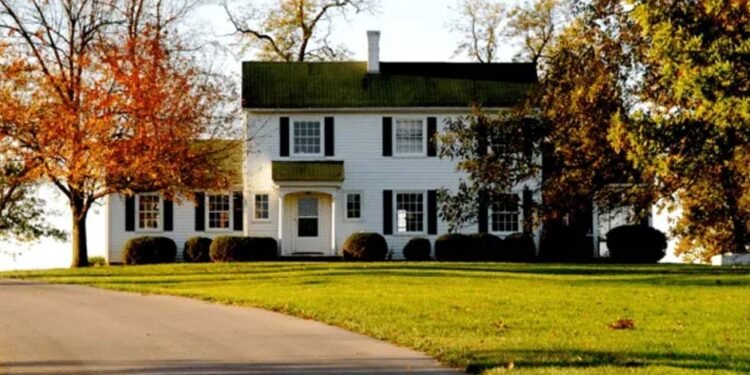When considering purchasing a home in Alabama, it’s essential to understand not just the cost of the property but also the broader economic environment, including factors like title loans. For instance, the availability of Alabama title loans can impact buyers’ ability to cover unexpected expenses after purchasing a home. Understanding the median home price in the state provides a clear picture of what you can expect to spend and why these numbers are what they are.
Median Home Prices Explained
What Does “Median Home Price” Mean?
The median home price is the middle point of all the houses sold in a particular area; half the homes sold for more, and half sold for less. It’s a useful statistic because it provides a more accurate picture of what you might expect to pay than the average home price, which can be skewed by very high or very low sales.
Current Trends in Alabama
As of now, the median home price in Alabama is around $170,000, according to recent data. This figure is appealing especially when compared to national averages, making Alabama an attractive place for potential homeowners looking for affordable housing options.
Factors Influencing Home Prices in Alabama
Economic Conditions
The local economy plays a crucial role in determining home prices. Alabama’s diverse industrial base, which includes automotive, finance, and aerospace sectors, helps maintain a relatively stable job market which in turn supports housing demand.
Population Density and Demand
Areas with higher population density generally have higher home prices due to the increased demand. In Alabama, cities like Birmingham and Huntsville have higher median home prices compared to rural areas where the population density is lower.
Availability of Land
Alabama generally has a good availability of land which helps to keep home prices more affordable than in more densely populated states where land is scarcer.
Comparing Regions Within Alabama
Urban vs. Rural Areas
There’s a significant price difference between urban and rural areas in Alabama. For example, the median home price in Birmingham might be around $250,000, while in more rural areas, it could be much less, around $100,000. This reflects the higher demand and higher cost of living in city areas compared to rural areas.
North Alabama vs. South Alabama
There are also differences between different regions of the state. North Alabama, which includes cities like Huntsville and Florence, tends to have higher home prices than South Alabama. This is due to various factors including economic opportunities and historical growth patterns.
What You Get for Your Money
Typical Home Features
In Alabama, $170,000 might get you a 3-bedroom, 2-bath home with a decent-sized yard in a suburban area. This could vary significantly based on the exact location and the local housing market.
Luxury vs. Basic Homes
The range of homes in Alabama also varies widely; you can find very basic setups for lower prices or more luxurious homes in affluent neighborhoods which could cost significantly more than the median.
Paying for Your Home in Alabama
Mortgage Options
Most people will need to take out a mortgage to purchase a home. It’s important to shop around for the best mortgage rates and terms to fit your financial situation. Alabama offers several state-specific programs to help first-time homebuyers with financing.
Considerations for Title Loans
While Alabama title loans can provide quick access to cash, they are typically used to cover short-term financial shortages rather than long-term financing needs like a mortgage. However, understanding all your financial options, including title loans, is important for overall financial planning when purchasing a home.
Conclusion
Buying a home in Alabama can be a wise investment thanks to the state’s relatively low median home prices combined with a stable economic environment and a variety of living environments to choose from. Whether you prefer the bustling atmosphere of a city or the quiet of the countryside, Alabama offers a range of options to fit different lifestyles and budgets. Always consider the full picture of housing costs and financial strategies to ensure you make the best decision for your long-term financial health.












